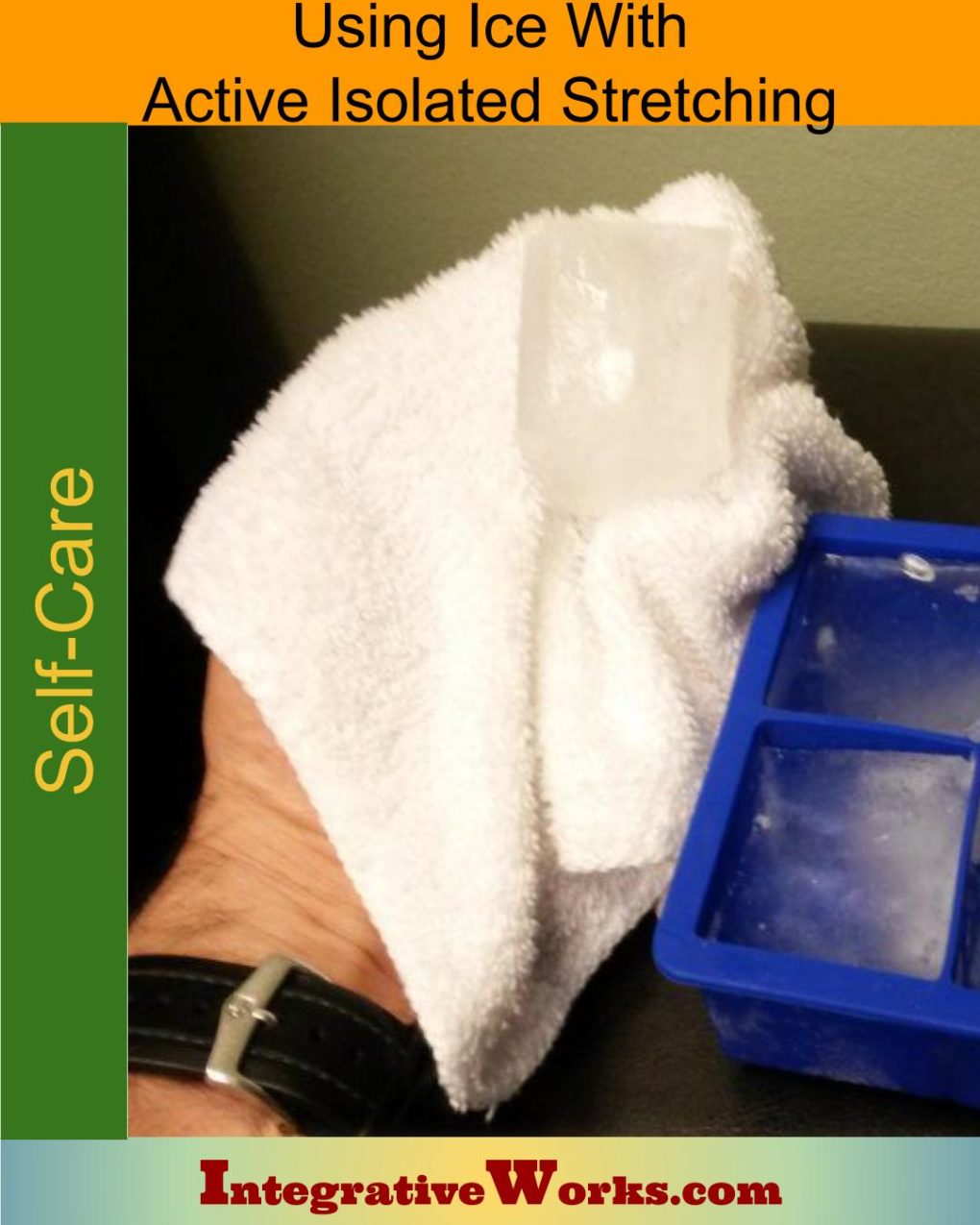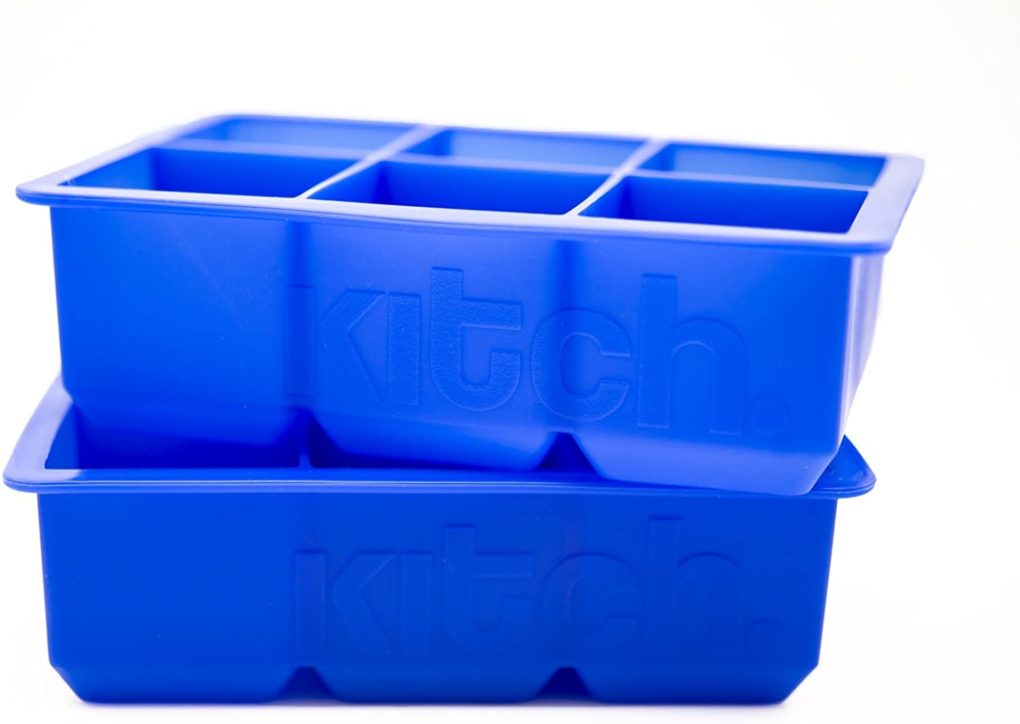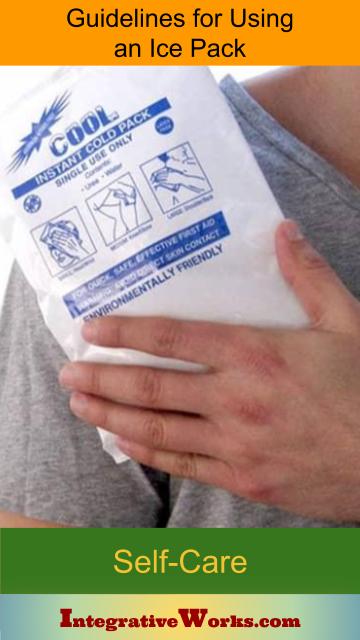Pain. Soreness. Restricted range of motion. The combination of stretching and icing can rid these ailments quickly if done correctly. Any stretching routine can be faster, more effective, and easier when combined with icing. Ice-and-stretch is an excellent adaptation of two other popular practices: Active Isolated Stretching (AIS) and Stretch-N-Spray.
Ice and stretch is an excellent adaptation
of Active Isolated Stretching and Stretch-n-Spray.
Active Isolated Stretching
According to Stretching USA, Active Isolated Stretching “is a type of Athletic Stretching Technique” that “provides effective, dynamic, facilitated stretching of major muscle groups.” What is new and different from what you and I learned in school sports is the length of time in the stretch. Our old school method was to hold the stretch for as long as 60 seconds. However, it turns out that prolonged and static technique actually reduces blood flow. In addition, holding the stretch increases lactic acid buildup, potentially leading to injury.
New School Stretching
A more effective and less harmful approach involves multiple stretches for shorter periods – no more than two seconds. This approach to stretching is NOT the bouncing that you sometimes saw athletes using when we were younger. Instead, the stretch lasts a second or so, then the limb or muscle is taken FULLY back to the starting position and then carefully stretched again. What we find is that, when done correctly, each subsequent stretch goes further than the previous repetition.
Furthermore, AIS…
- Builds muscle as it lengthens the muscle
- Often mobilizes fixation in joints that prevent trigger points from releasing
- Is safer than traditional stretching
- Reeducates motor planning (IS THIS PLANING OR PLANNING AND WHAT IS IT?)
- Works with the nervous system instead of against it.
Cold is Even Cooler
If you had a therapist apply Stretch-n-Spray, you know this involved using a vapocoolant that is only available by prescription. And that this made the technique expensive and in need of prescription medication. Using ice creates a similar effect without the expense and trouble of a prescription process. Best of all, you can teach yourself how to do it.
Here’s how: Shocking the skin with cold does several things:
- First, it releases the muscle’s resistance to stretch
- Second, it reduces the pain during the stretch
- Third, It notably softens (i.e., relaxes) the muscle
- Additionally, it prepares the muscle for other treatments like massage.
Use These Trays
I’ve been using ice cubes in therapy for 30 years. This is the best solution that I have found. I’ve been using them since 2012. Most importantly, they are the right size and shape. They are much easier to handle than other things that I’ve tried. Additionally, they are easy to remove and refill once you get the knack. These trays are easy to store and fit in the freezer without a hassle. Further, they have lasted, which surprised me as I’m flexing cubes out of them almost every day. They’re available in many stores and on Amazon.
How to Ice-and-Stretch
- Hold a large ice cube in a hand towel (keeps the process from getting messy.
Check out these cool cube trays for fancy cocktails. The big square cubes make this much easier. - Apply the ice directly to the tense or painful area for a second or so.
It is essential that the ice is shocking to the skin to produce the response that releases the muscle.
When an area is more sensitive to the ice, that indicates that the muscle is tighter with more active trigger points. - Dry with the towel. Drying creates a better release to make the stretching more effective. Set the ice and towel aside.
- Stretch the muscle to the point of slight irritation, not more, and for no more than two seconds.
Stretch slowly, especially at the end of the movement. (If someone is assisting, have them guide the motion, not intensify the stretch) - Un-stretch the muscle by fully returning to the starting position.
- Repeat steps 4 and 5, stretching a little further each time, if possible.
After 5 stretches, you should experience significant improvement in the ability of the muscle to move again.
You can vary the direction of the stretch as well as in the post on The Box.
Ice-and-Stretch is very different from using an ice pack or ice plunges.
This post reviews how Ice packs work and other useful guidelines.
See Ice-and-Stretch in Action
Here’s a short video on how to get rid of a hangover with Ice-and-Stretch. It is a great example of how to use the technique and a popular remedy.
By the way, Active Isolated Stretching is more effective than any other type of stretching I have encountered. This post on how I became a believer in Active Isolated Stretching might be interesting to read.
Support Integrative Works to
stay independent
and produce great content.
You can subscribe to our community on Patreon. You will get links to free content and access to exclusive content not seen on this site. In addition, we will be posting anatomy illustrations, treatment notes, and sections from our manuals not found on this site. Thank you so much for being so supportive.
Tony Preston has a practice in Atlanta, Georgia, where he sees clients. He has written materials and instructed classes since the mid-90s. This includes anatomy, trigger points, cranial, and neuromuscular.
Question? Comment? Typo?
integrativeworks@gmail.com
Follow us on Instagram

*This site is undergoing significant changes. We are reformatting and expanding the posts to make them easier to read. The result will also be more accessible and include more patterns with better self-care. Meanwhile, there may be formatting, content presentation, and readability inconsistencies. Until we get older posts updated, please excuse our mess.



